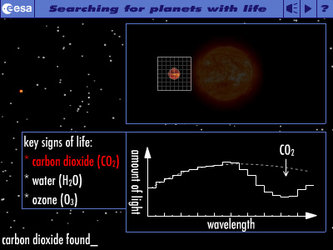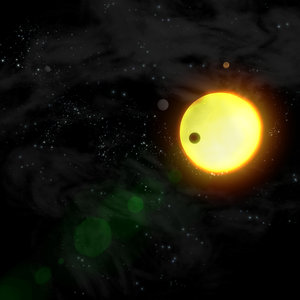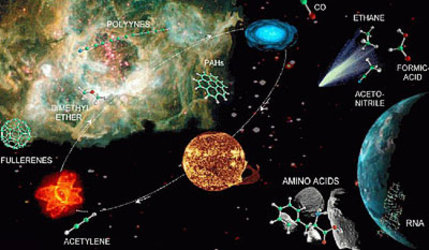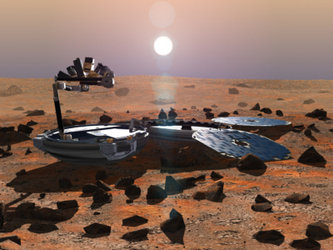Passion for life: An interview with Malcolm Fridlund
There is life out there – but probably not as we know it. That’s the belief of Malcolm Fridlund, the Project Scientist on ESA’s Darwin mission. Darwin is the name given to the fleet of spacecraft that could confirm once and for all whether or not we are alone in the Universe.
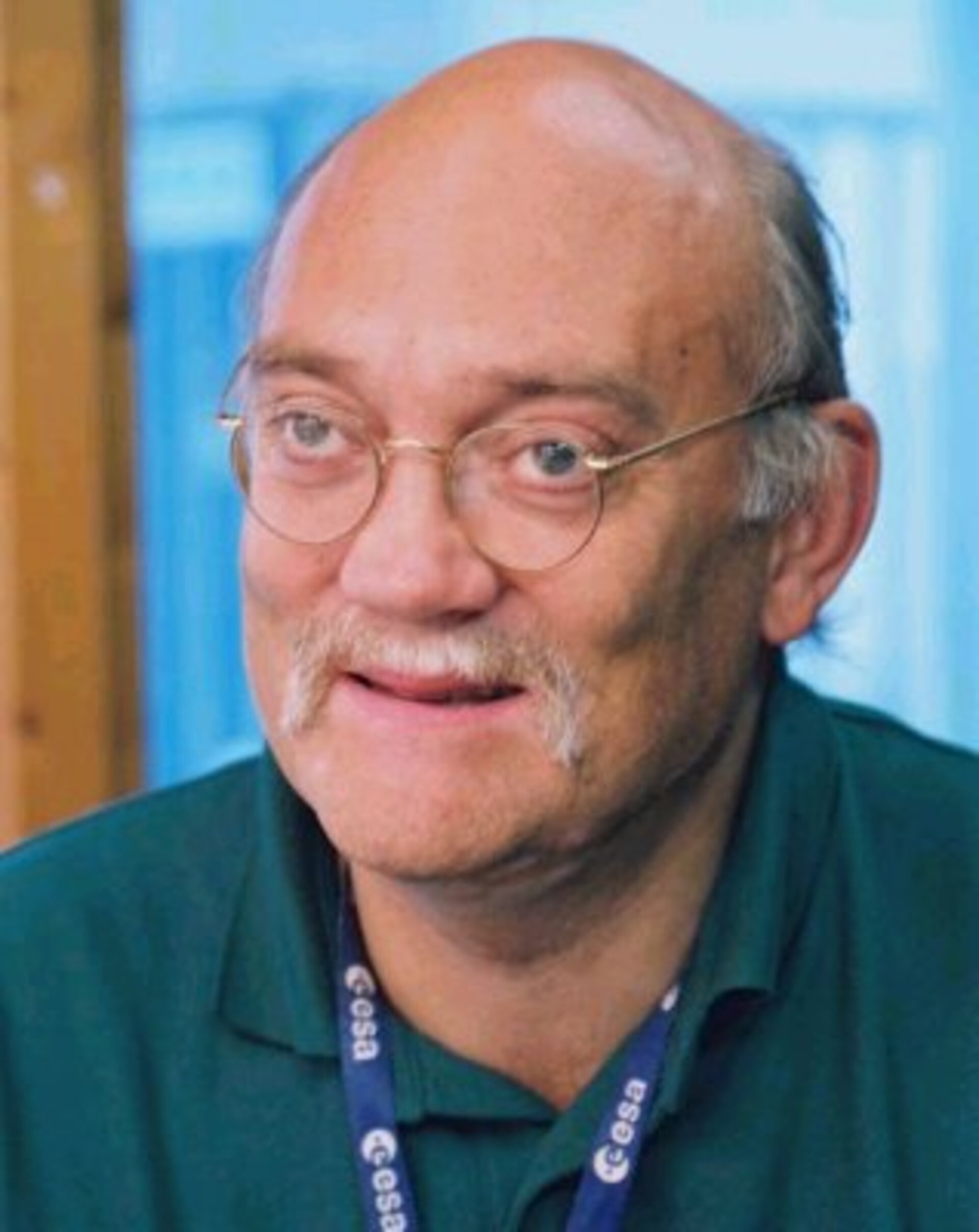
Malcolm Fridlund, Project Scientist, Darwin mission.
Born: 1 June 1952 in Stockholm, Sweden.
PhD in Astrophysics, University of Stockholm; two years at the Groningen Space Research Laboratory, on project BIRAP, which observed star forming regions from a balloon. Research fellowship at ESTEC, 1988, in star formation.
Fridlund began work on Darwin when the idea was first chosen as an important and exciting area of study in 1996. Originally working alone, he has gathered together some of the brightest scientific minds in Europe to help him in his task of defining the specific scientific details of the mission.
Married with three grown-up children, he enjoys the outdoors on his regular trips back to Sweden, especially skiing.
ESA: What is Darwin?
Malcolm Fridlund
Planned to be launched within the next 10 years, Darwin will study 1000 stars at close range, taking pictures 10 times more detailed than those obtained from today’s most powerful telescopes.
And if there is life – Darwin will find it! I am currently in charge scientifically of the definition stage of the project – this means that I am working on a report that will eventually provide the guidance for those actually building the spacecraft.
This distinction is important, as the Project Manager is in charge of the technology development and the design. We have this separation of duties, as on all our missions. The more the preparations progress, the more the Project Scientist hands over to the Project Manager, until operations start and the scientists are involved again.
My job is to make sure that this brief will lead to a design that can deliver the answers to the most pertinent scientific question, and find conclusive proof of whether life exists elsewhere.
I feel extremely privileged to be working on something that is part of mankind’s cultural inheritance.
ESA: The concept of finding life not on Earth is undoubtedly an exciting one. How do you view the Darwin mission?
Malcolm Fridlund
Well, sometimes I feel quite overwhelmed by the deep implications of what the Darwin mission will be doing. Of course, I get immense personal satisfaction from my work, but, above all, I feel extremely privileged to be working on something that is part of mankind’s cultural inheritance.
The science we are doing will affect everyone, as we will find our whether we are alone, sitting on our little dust grain in the vastness of space. Even if we find we are alone, that means that we are not so insignificant in this gigantic universe.
As for highly evolved, intelligent life, the chances are very small. Then again, I could be so wrong!
ESA: What do you think are the chances of finding life out there?
Malcolm Fridlund
Answering this question today mainly requires a philosophical leap of faith. But even if you look at it from a scientific point of view, which I prefer to do, you can conclude that life is very simple to form.
On Earth, for example, life arose very soon after our planet was formed. However, for three billion years after that, cells just sat in rock pools creating crude copies of themselves. It was billions of years before anyone, or anything, invented sex, or went on to evolve into what became our ancestors. Based on this, you can say that there is a good chance that we will find life out there. But, as for highly evolved, intelligent life, the chances are very small. Then again, I could be so wrong!
Ultimately, we don’t know the laws governing the rest of the Universe. Our greatest discoveries are those that show that nature is exactly the opposite to what we expected. The best thing we can do is to make sure that Darwin can address these issues unambiguously.
ESA: The launch of Darwin is still some way off. Why does it take so long to design a mission like this?
Malcolm Fridlund
Firstly, the science we are doing is completely new, and we are making new discoveries in this field all the time, which means that the requirements of the mission are constantly being updated.
We also have to carry out preliminary studies into key issues such as how many ‘exoplanets’, or planets outside our own star system, there are likely to be. If there are a lot, Darwin can search a smaller area, but we have to build the mission for scientific certainties, and there is still much we don’t know.
The mission poses great technical challenges too. Where we are going, it will be like trying to observe a candle sat right next to a glaring modern lighthouse, from a distance of 1000 kilometres. We are going to be using a number of telescopes on spacecraft flying in graceful, high-precision formation. Technology has progressed so far that now we know we can do it.
But we have to test that technology and make sure that it works in space before we finally launch the Darwin mission.




